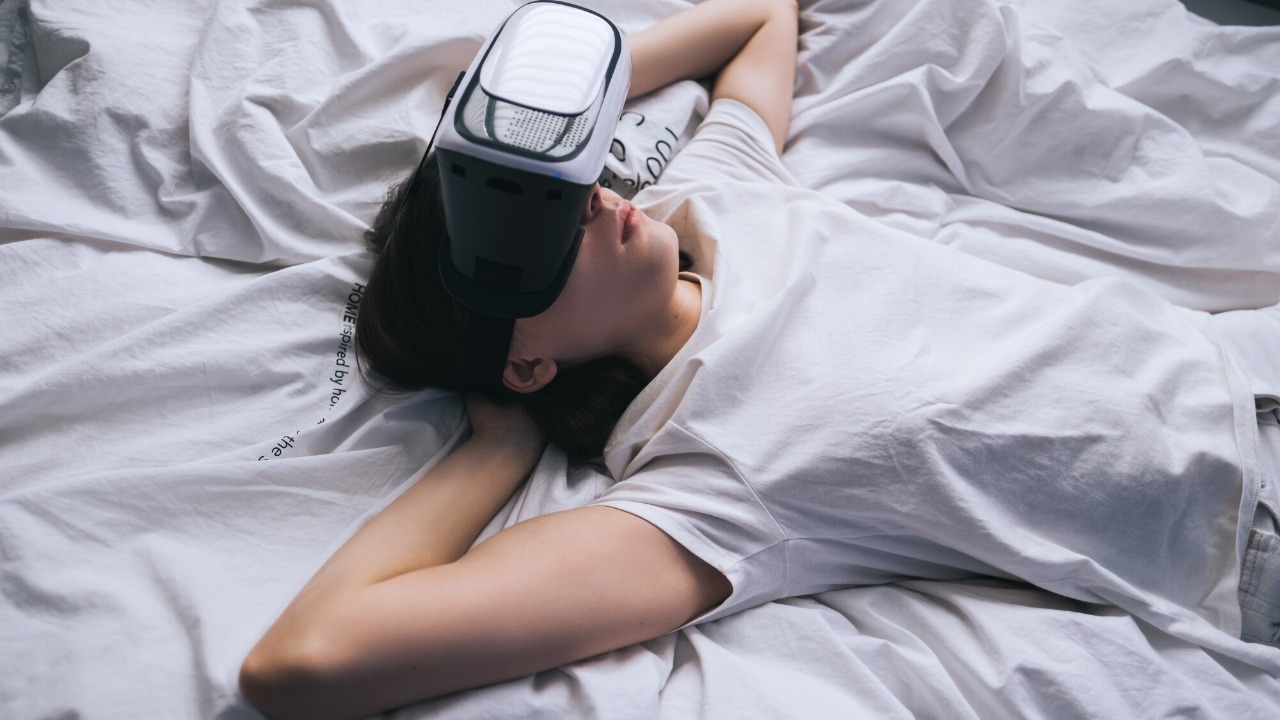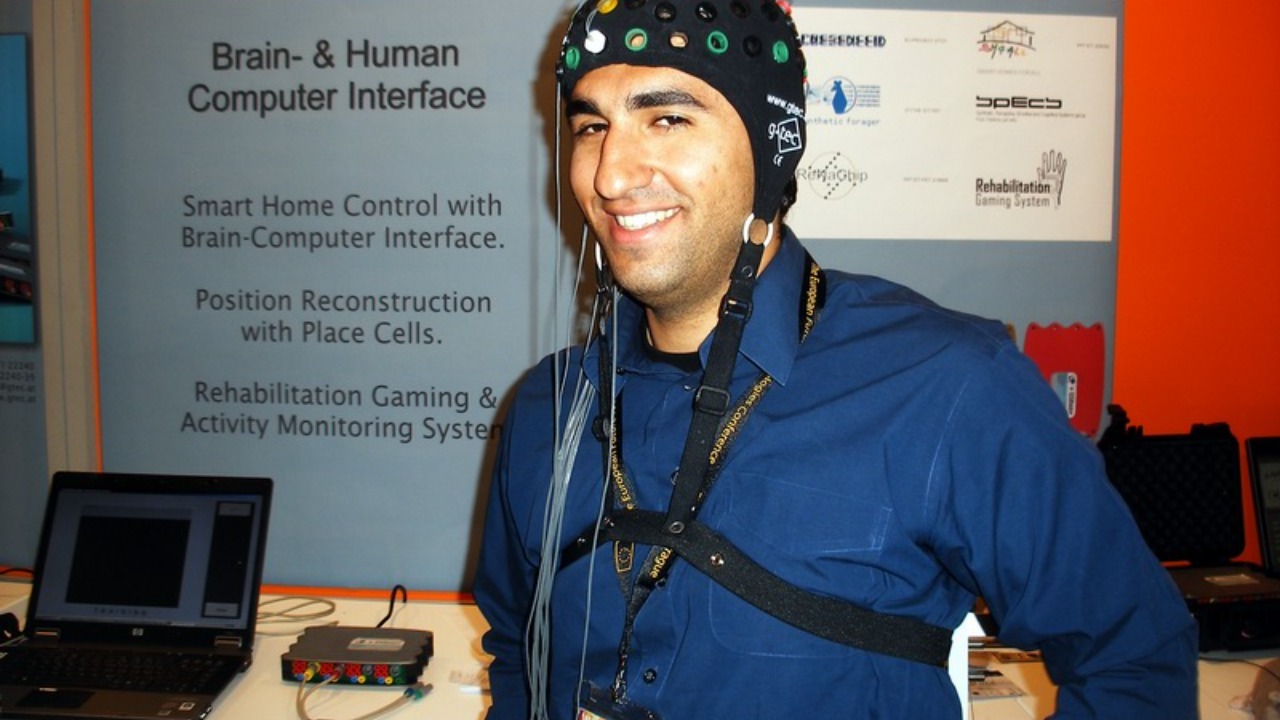
Recent advancements in technology have opened up the possibility of reading and interpreting dreams during REM sleep, a breakthrough that could revolutionize our understanding of the human mind. Researchers and tech companies are working on innovative devices that promise to decode the mysteries of our dream world. This article delves into the fascinating developments in dream-reading technology and their potential implications.
The Science Behind REM Sleep and Dreaming

REM (Rapid Eye Movement) sleep is a crucial phase in our sleep cycle, characterized by rapid movement of the eyes, increased brain activity, and vivid dreaming. This stage typically occurs multiple times during the night, each lasting longer than the previous one. REM sleep is essential for cognitive functions such as memory consolidation and emotional regulation. During this phase, the brain processes the events of the day, helping to cement new information and experiences into long-term memory. It also plays a role in regulating emotions, which is why disruptions in REM sleep can lead to mood disorders.
The generation of dreams during REM sleep is a complex process that has intrigued scientists for decades. Dreams are thought to arise from the brain’s attempt to synthesize and interpret spontaneous neural activity. This activity is believed to occur in areas of the brain responsible for emotions, memories, and sensory experiences. Despite significant progress in understanding the mechanics of dreaming, the exact mechanisms remain elusive. What is clear, however, is that dreams are not random but rather influenced by our thoughts, emotions, and experiences.
Technological Innovations in Dream Reading

The advent of dream-reading technology is a testament to the rapid pace of innovation in neuroscience and technology. Recent developments have led to the creation of devices and headsets capable of reading and interpreting dreams. These devices typically utilize brain-computer interfaces (BCIs) to detect and analyze neural signals produced during REM sleep. By decoding these signals, scientists aim to reconstruct dream imagery and content, offering a tangible glimpse into the dream world.
One notable example of such innovation is the Dream Recorder Technology developed in Japan. This groundbreaking device uses advanced algorithms to interpret brain activity and convert it into visual and auditory representations. Similarly, REMspace has made headlines with its successful experiments in facilitating communication between individuals in their dreams. These achievements underscore the potential of dream-reading technology to unlock the secrets of the subconscious mind.
Potential Applications and Implications

The ability to read and analyze dreams holds tremendous potential for transforming mental health treatment and therapy. By gaining insights into a patient’s dream content, therapists could better understand their emotional state and underlying issues. This information could be invaluable in diagnosing and treating conditions such as depression, anxiety, and PTSD. Furthermore, dream analysis could aid in identifying patterns and triggers, enabling more personalized and effective treatment plans.
Beyond mental health, dream-reading technology offers opportunities for personal development and self-discovery. By analyzing their dreams, individuals could gain a deeper understanding of their subconscious thoughts, desires, and fears. This self-awareness could facilitate personal growth and improve decision-making in various aspects of life. However, the use of such technology raises ethical considerations and privacy concerns. The ability to access and analyze a person’s dreams could infringe on their privacy, necessitating robust safeguards and regulations to protect individuals’ rights.
Challenges and Limitations

Despite the exciting potential of dream-reading technology, several challenges and limitations must be addressed. One of the primary hurdles is accurately decoding and interpreting the complex neural signals associated with dreaming. Dreams are highly subjective and influenced by a myriad of factors, making it difficult to create a one-size-fits-all approach to dream interpretation. Current technologies may struggle to capture the richness and complexity of the dream experience, leading to incomplete or inaccurate reconstructions.
Moreover, the technology is still in its infancy, with much room for improvement in terms of reliability and accuracy. The ongoing research is crucial for refining the algorithms and methods used in dream analysis. As the technology advances, it will be essential to conduct extensive studies to validate the findings and ensure that the interpretations are scientifically sound. Additionally, interdisciplinary collaboration between neuroscientists, technologists, and psychologists will be vital to overcoming these challenges and advancing the field.
Future Prospects and Developments

Looking ahead, the future of dream-reading technology appears promising. As research progresses, we can expect to see further developments and refinements in the tools and techniques used to interpret dreams. The integration of dream-reading technology into everyday life could become a reality, with potential applications spanning from personal wellness to professional development. For instance, companies may use dream analysis to enhance creativity and problem-solving skills among employees.
Ongoing projects and research initiatives continue to push the boundaries of dream interpretation. For example, Japanese researchers are exploring new ways to improve the accuracy of dream recording devices. Meanwhile, scientists are investigating the potential for using dream-reading technology to facilitate lucid dreaming, allowing individuals to consciously control their dreams. The possibilities are vast, and with continued collaboration and innovation, the mysteries of the dream world may soon be within our grasp.
As we move forward, it is crucial to address the ethical and privacy concerns associated with dream-reading technology. Establishing clear guidelines and regulations will be essential to ensure that the technology is used responsibly and ethically. By balancing innovation with ethical considerations, we can harness the potential of dream-reading technology to improve our understanding of the human mind and enhance our well-being.